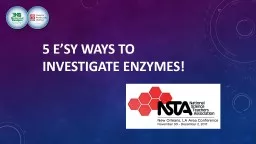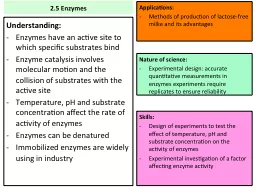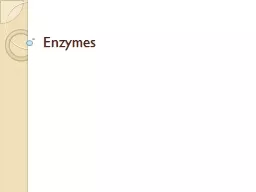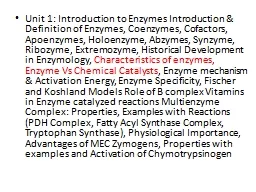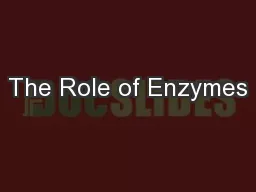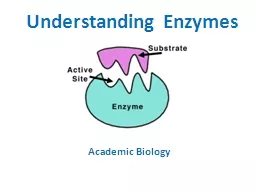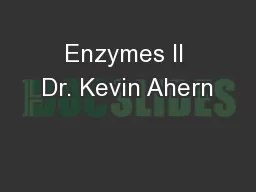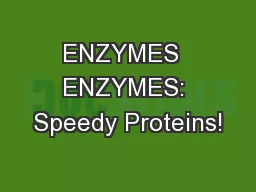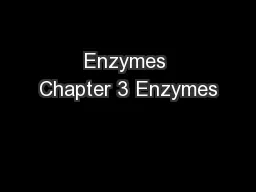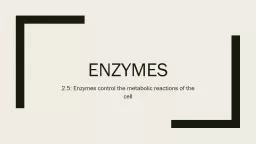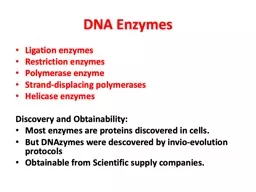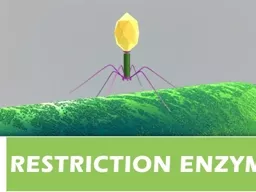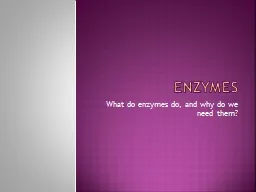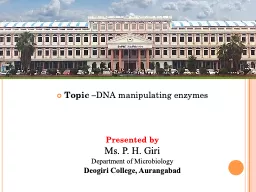PPT-5 E’sy Ways to Investigate enzymes!
Author : marina-yarberry | Published Date : 2018-10-30
Learning Objectives Educators attending this workshop will Utilize tools that support NGSS student learning outcomes of three dimensional lesson design including
Presentation Embed Code
Download Presentation
Download Presentation The PPT/PDF document "5 E’sy Ways to Investigate enzymes!" is the property of its rightful owner. Permission is granted to download and print the materials on this website for personal, non-commercial use only, and to display it on your personal computer provided you do not modify the materials and that you retain all copyright notices contained in the materials. By downloading content from our website, you accept the terms of this agreement.
5 E’sy Ways to Investigate enzymes!: Transcript
Download Rules Of Document
"5 E’sy Ways to Investigate enzymes!"The content belongs to its owner. You may download and print it for personal use, without modification, and keep all copyright notices. By downloading, you agree to these terms.
Related Documents

